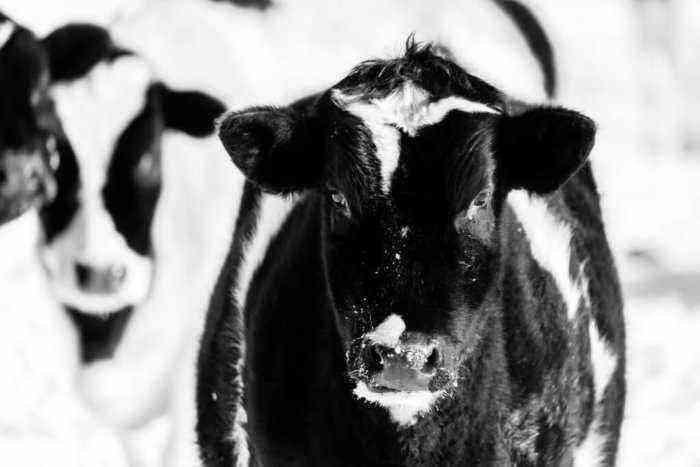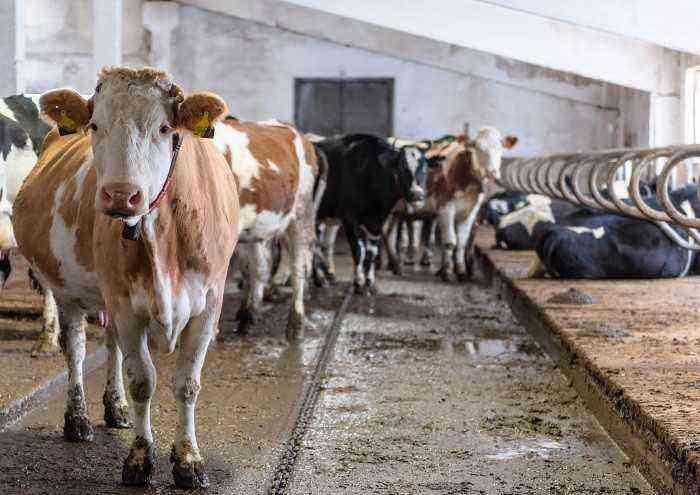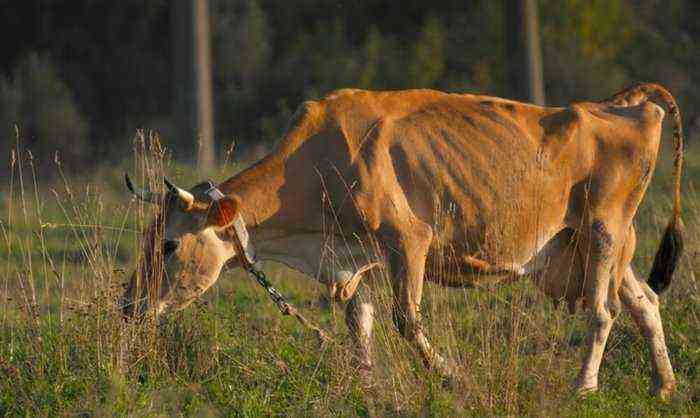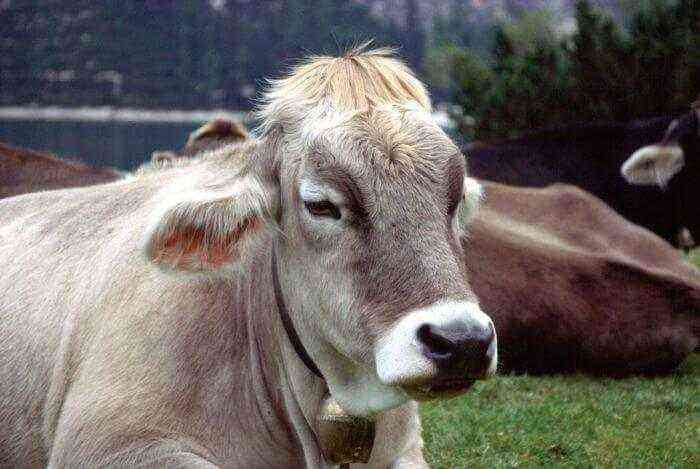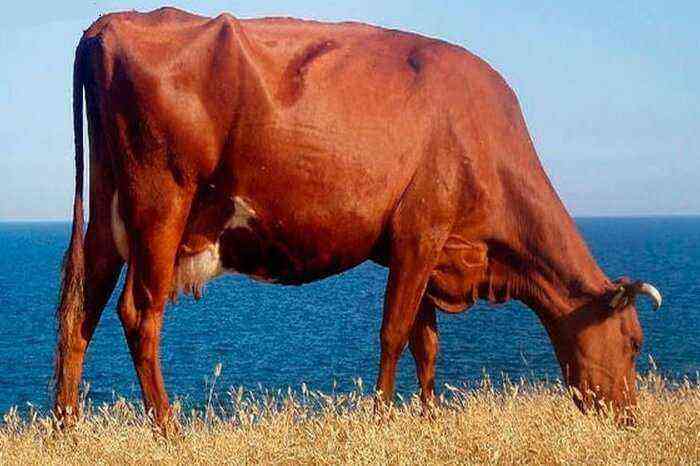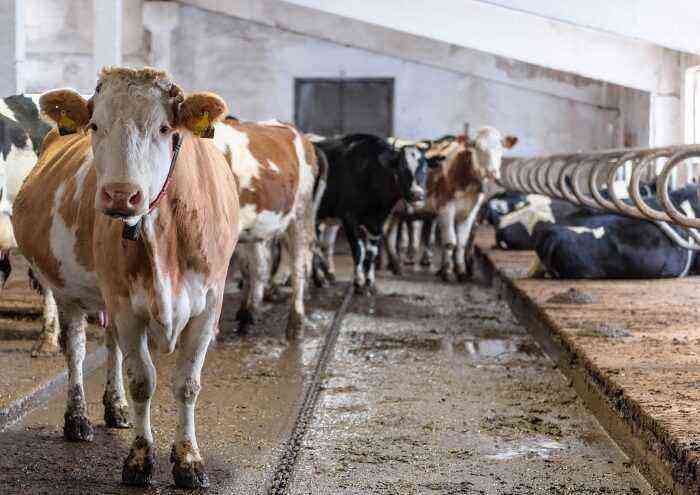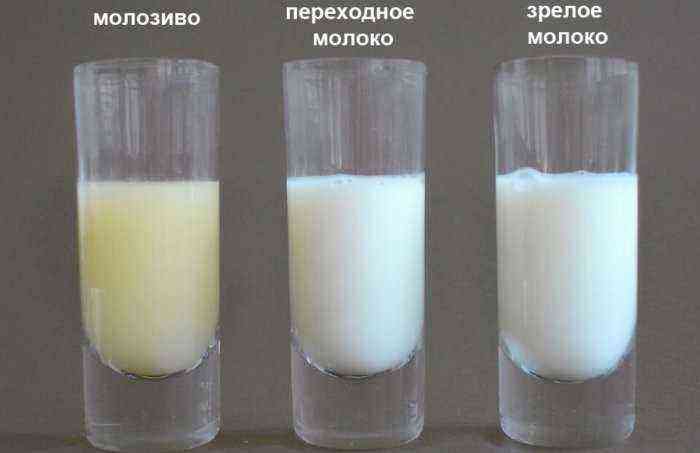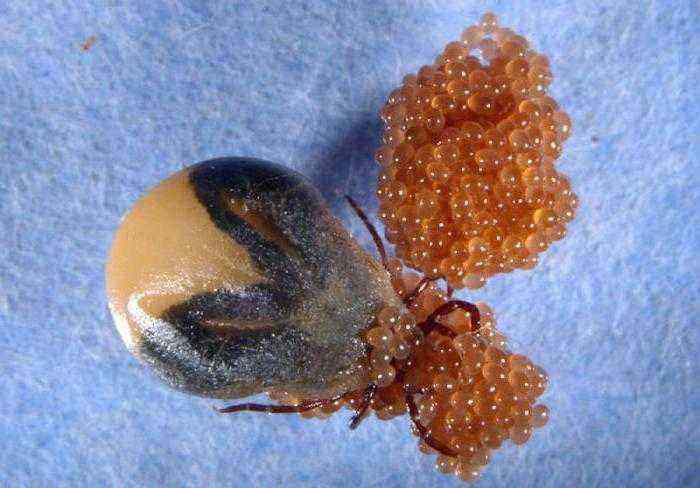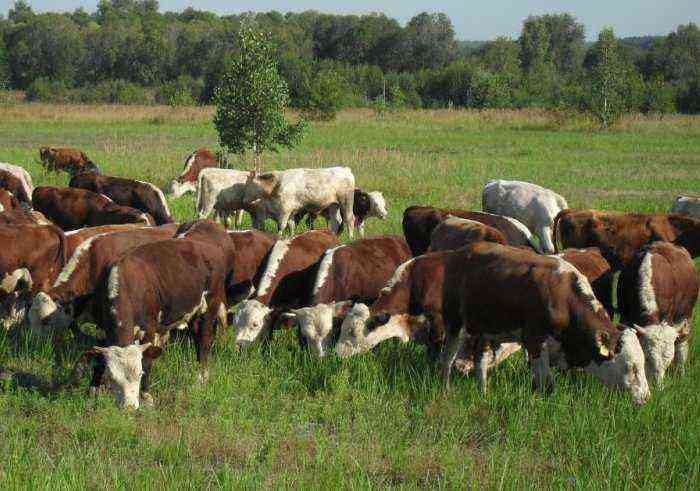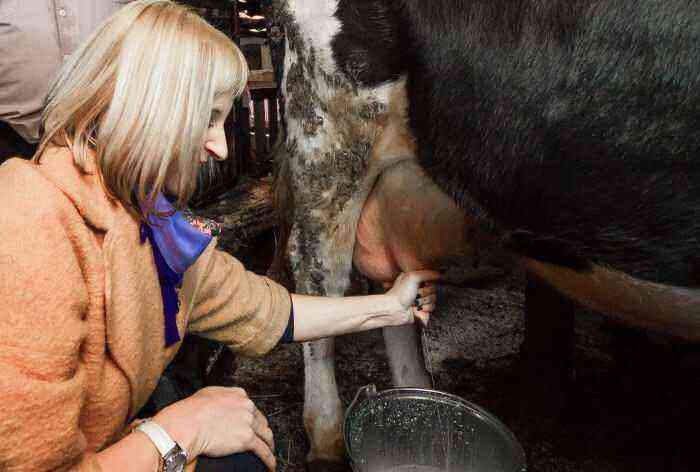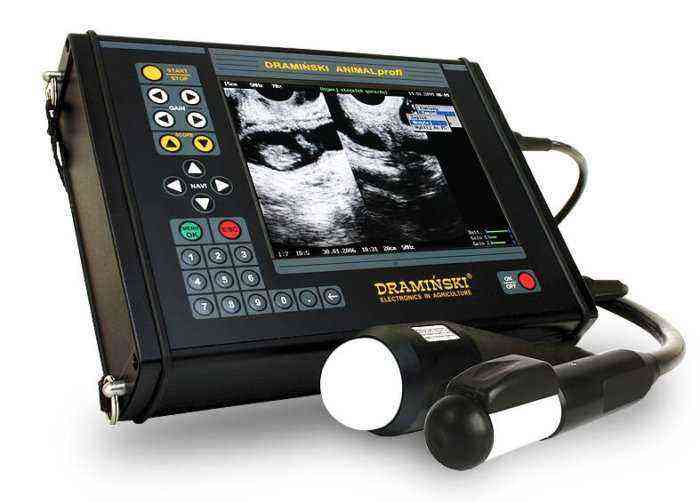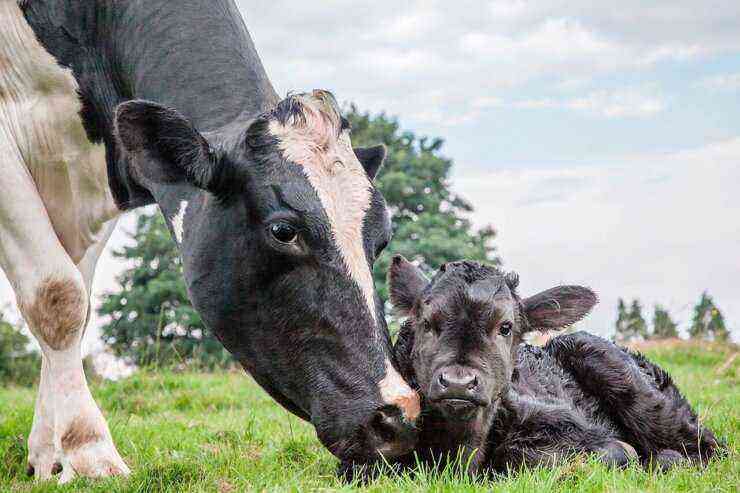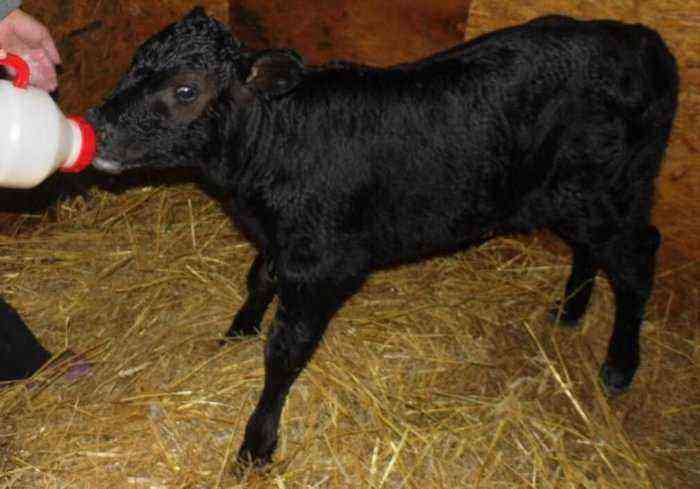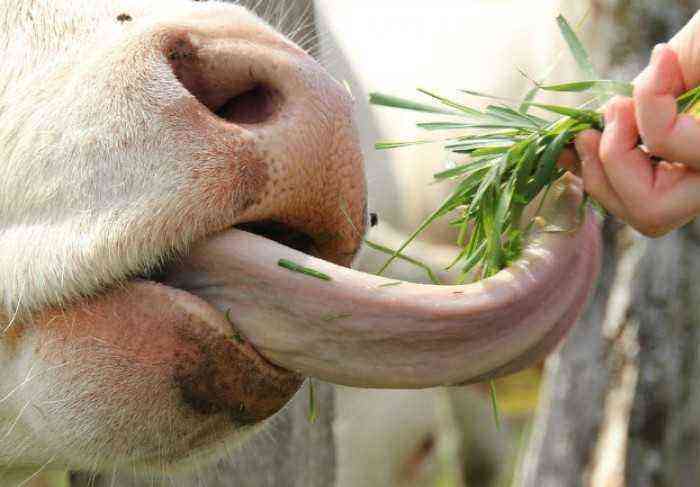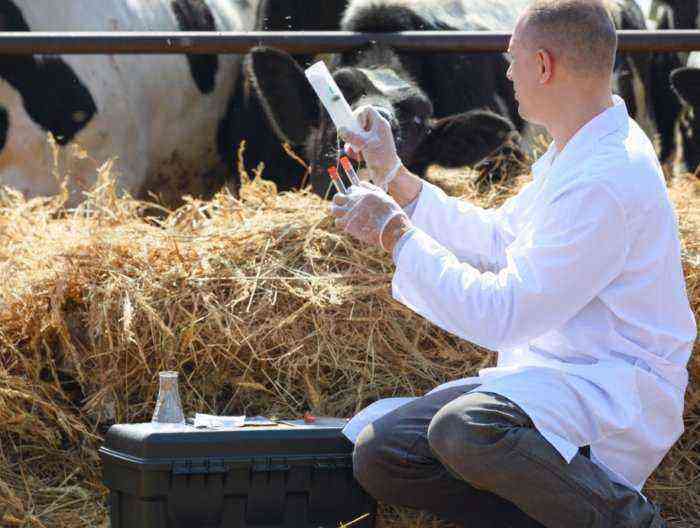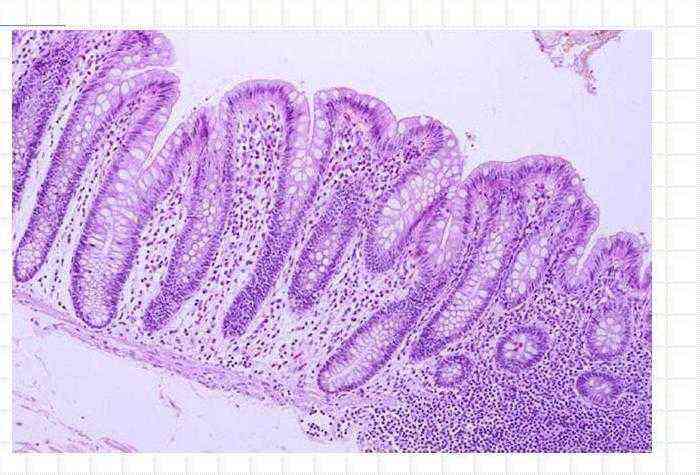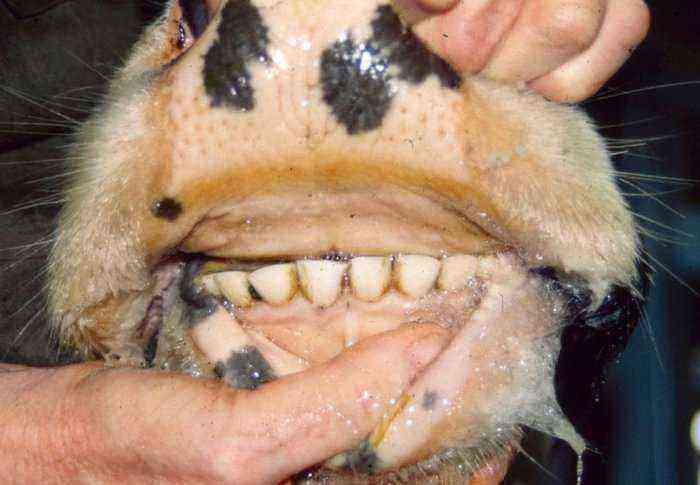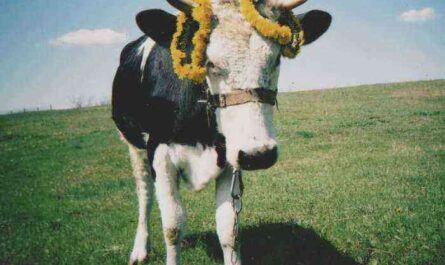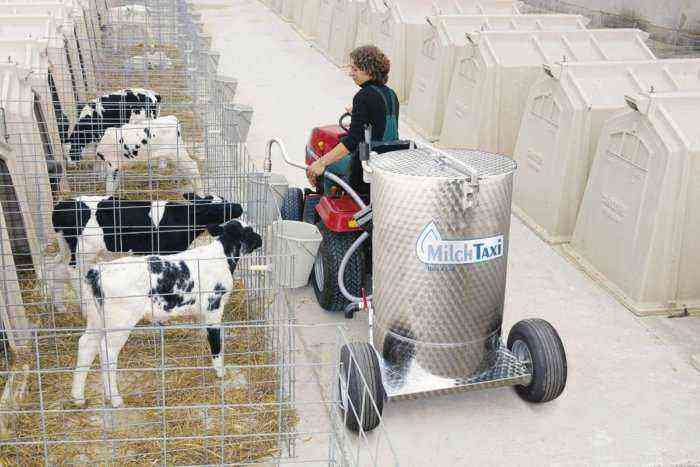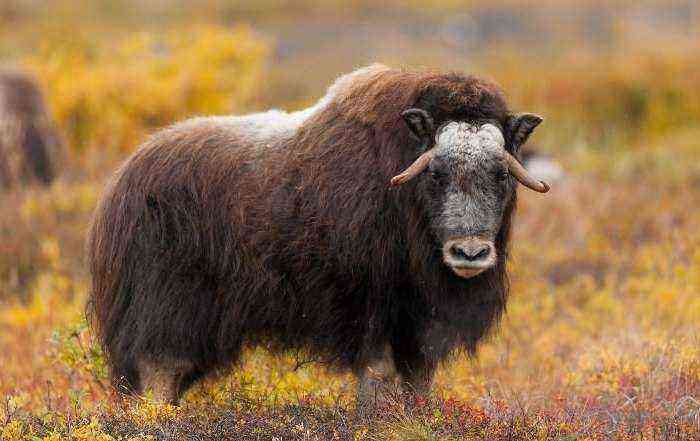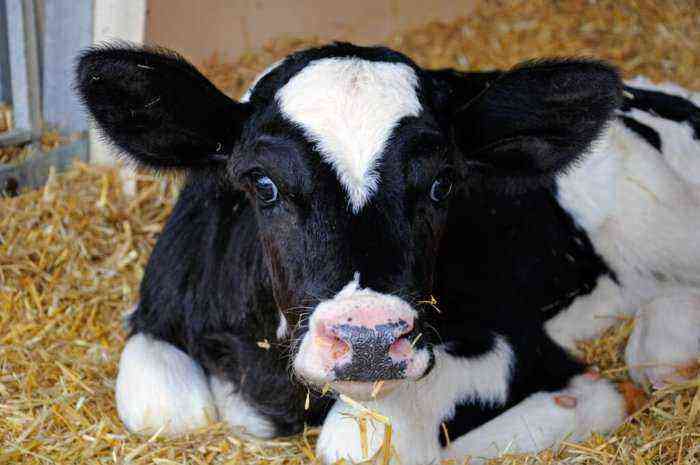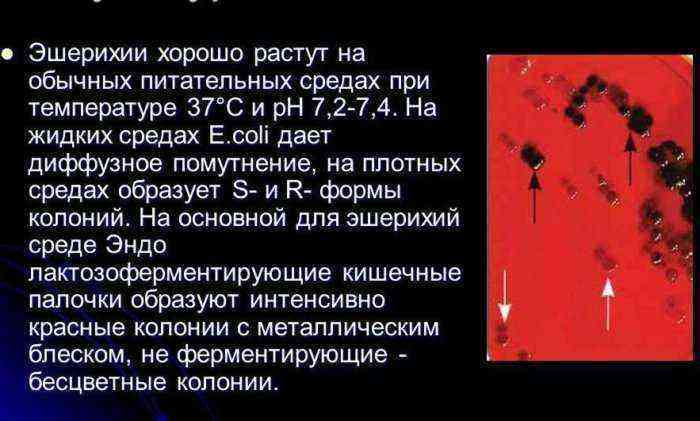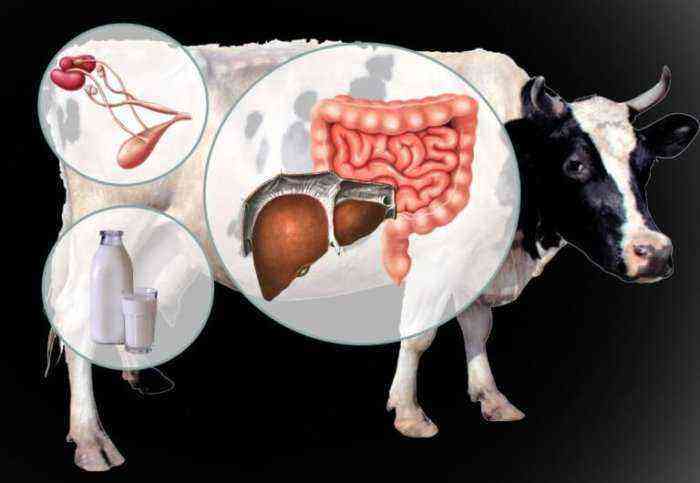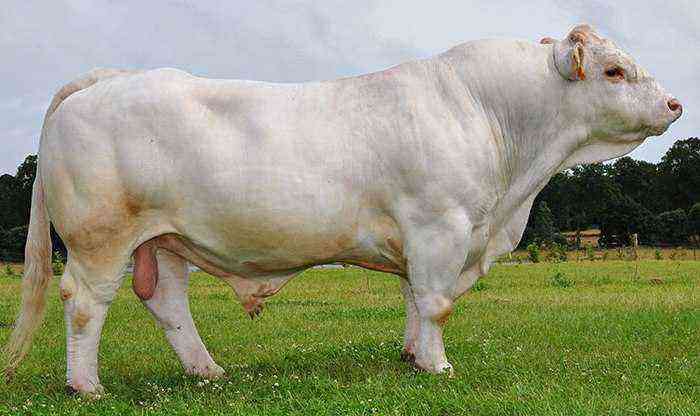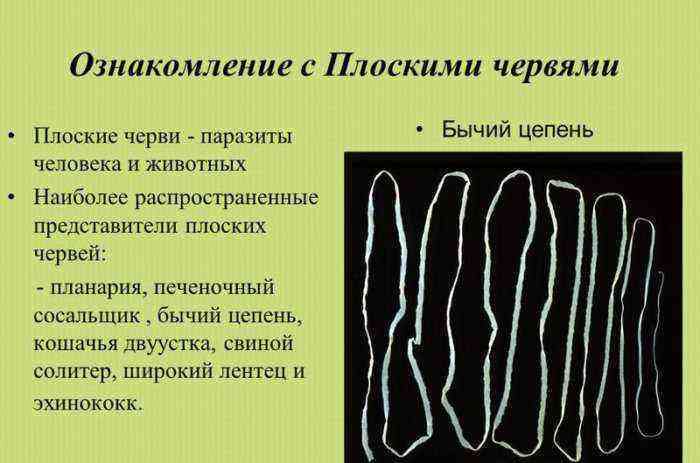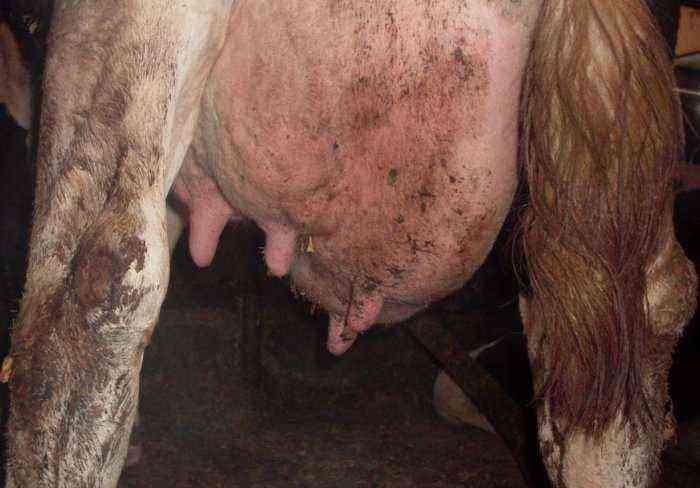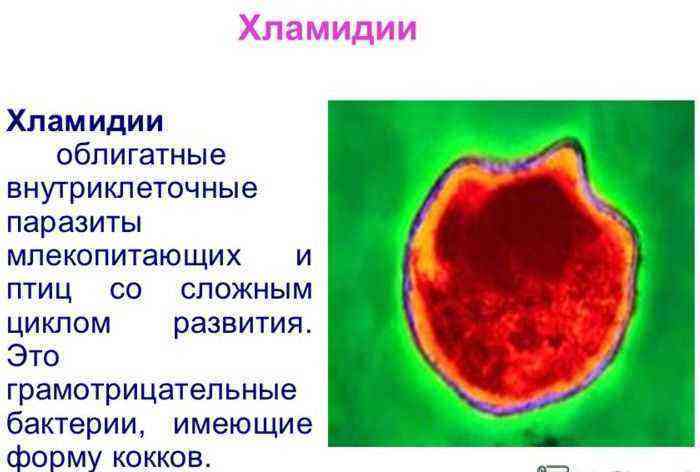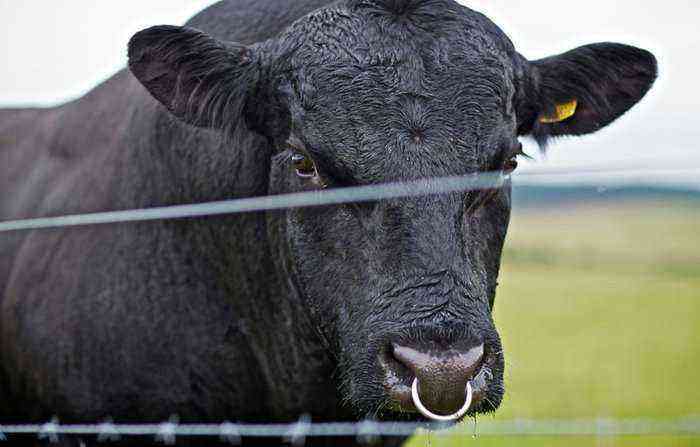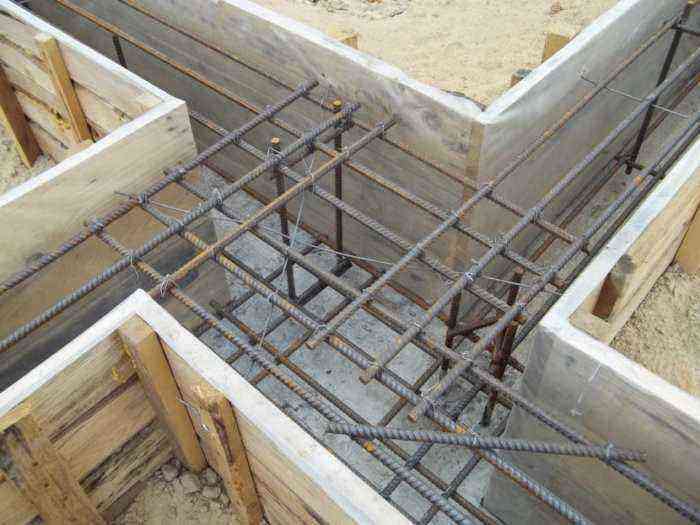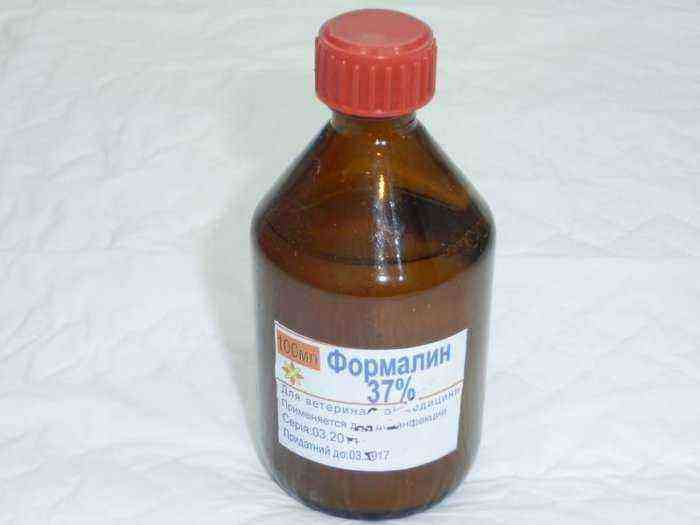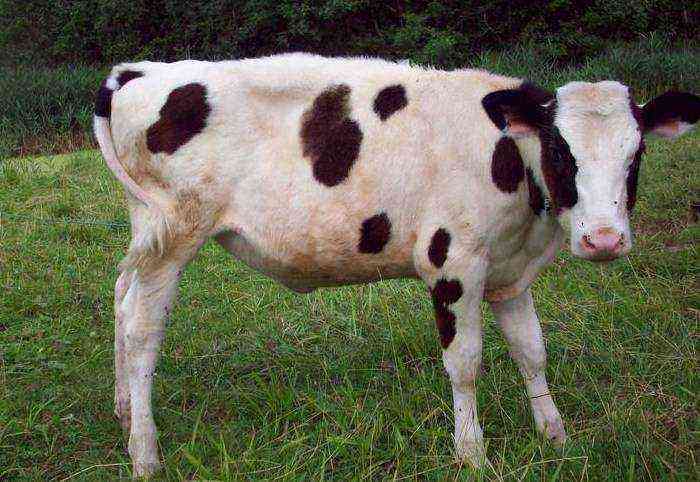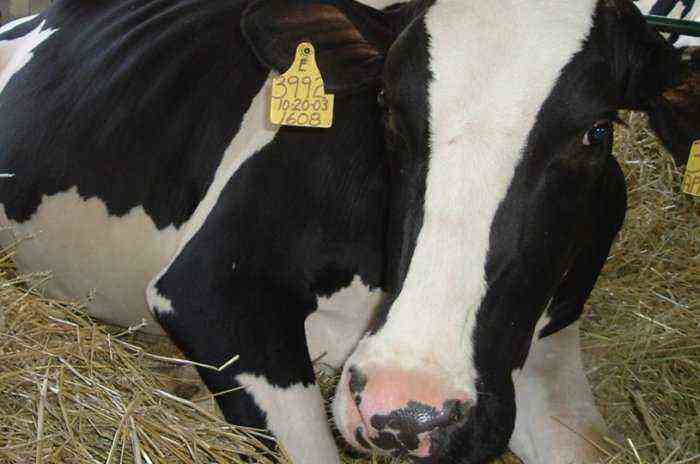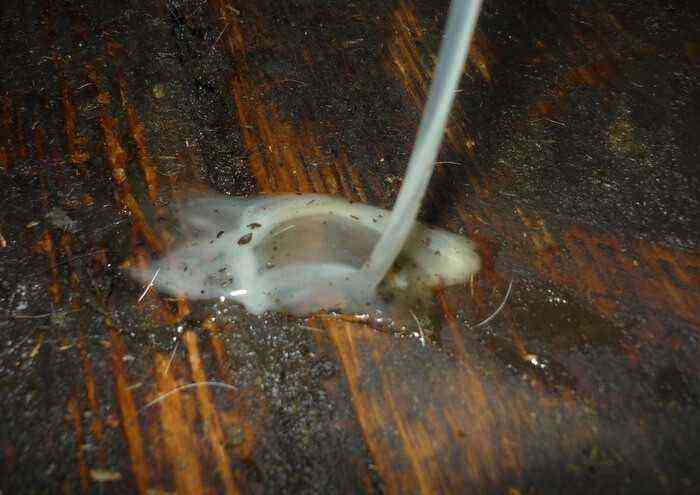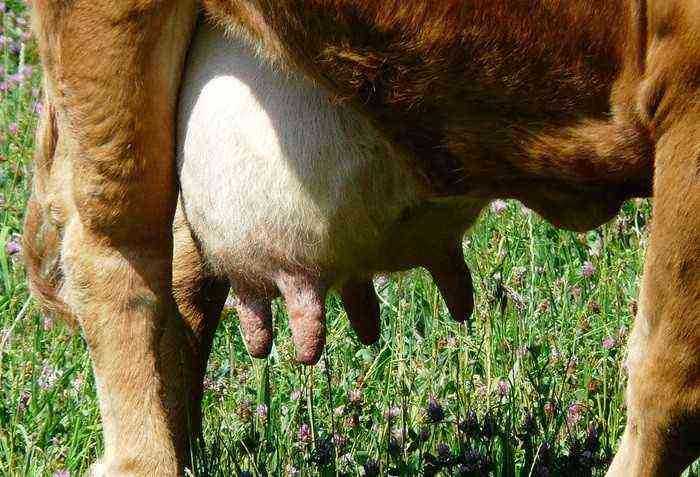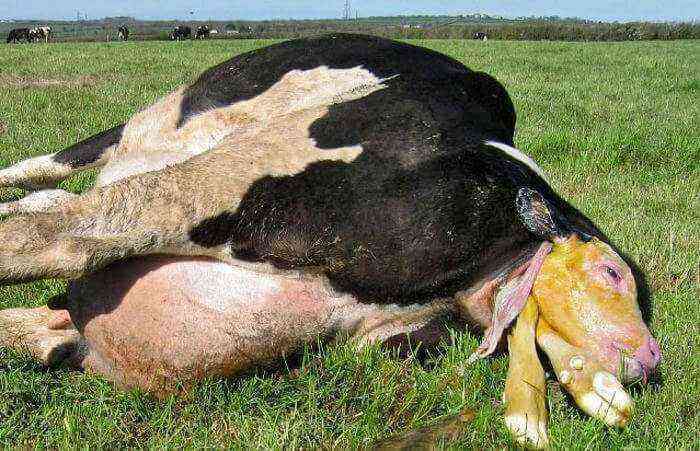The efficiency of running a farming business depends on the accuracy of determining the time when a cow is hunting. According to studies, skipping only one favorable period of fertilization for each cow in a farm consisting of 100 heads leads to big losses – a shortage of about 100 centners of milk per year and 6 calves. The article will tell you by what signs to determine the onset of hunting, by what methods they reveal the state when the cow is ready for mating. Readers will learn what problems can arise in determining the readiness of animals to mate.
Mating cattle
Hunt duration
Hunting is the state when the cow is ready for mating.. The average duration of this period is 18 hours (sometimes 6-24 hours), it depends on the breed and age of the individual, as well as on other factors, for example, on the time of year. In winter, this state is shorter than in summer.
In order for fertilization to take place, it is necessary not only not to miss the moment when the animal is walking, but also to accurately determine the time of the active phase of the hunt. This period is characterized by three stages:
- Early (excitation stage).
- Medium (active stage of estrus).
- Late (out of heat).
Reference. Experienced farmers recommend inseminating cows precisely in the middle phase of estrus, which coincides with the active stage of hunting. At this time, excitement increases, estrogen levels rise sharply, and progesterone levels fall. After 10-18 hours, ovulation usually occurs, when the follicle opens, an egg comes out of it.
A cow comes into heat after calving in about 30-60 days, sometimes these terms are shifted in one direction or another. If her birth went without complications and the animal is healthy, then mating can be carried out again. By what signs this state is determined and what methods are used in this case, we will consider further.
Methods for determining heat in cows
According to the behavior of the female, it can be assumed that she came into the hunt, but such a diagnosis is not considered the most accurate, since in many animals the picture of excitation is blurred. In addition, if a farmer has a large number of livestock, he is unlikely to be able to follow each individual. The signs of hunting in a cow are as follows:
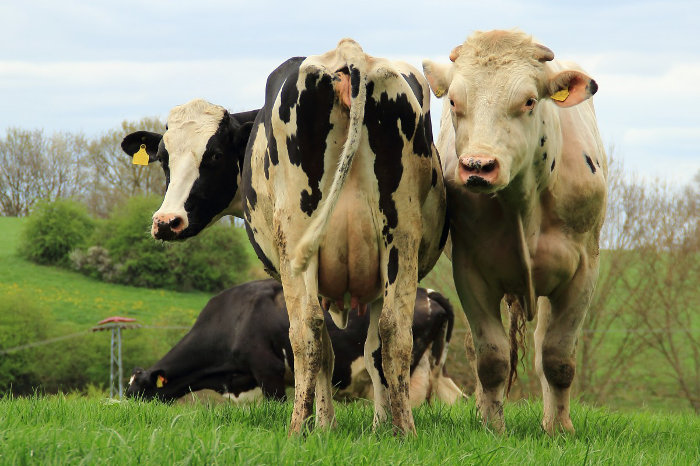
How cows behave when they are ready to mate
- The animal loses its appetite.
- Worrying, wandering, mooing.
- A pale pink mucous secretion is secreted from the genital organs.
- The vagina is a little red and swollen.
- The female, being in the hunt, pursues other cows in the herd, makes a cage on them.
- He lets the bull approach him, accepts the cage, stands motionless, arching his back.
- Increased animal activity.
There are other ways to determine the state of heat, they allow you to control the readiness of cows for mating in large farms:
- Temperature measurement.
- With the help of test bulls.
- instrumental way.
- Pedometry.
- Leak detector.
These methods are highly efficient. Let’s consider each of them in detail.
Measurement of body temperature
Before ovulation begins, hormonal changes inevitably occur. In this regard, the body temperature of the cow also changes. In order to notice deviations and accurately determine the time when the state of heat occurs, it is necessary to measure the temperature daily. Before ovulation, it rises by about 0,3 degrees.

Veterinary thermometer
Probing Bulls
In farms, they necessarily contain bulls with a sharp instinct. During estrus, cows secrete mucus, from which a special smell spreads. Probing bulls catch it and show interest in an individual ready to mate. If the female accepts a cage of such a bull, she is selected for insemination. This method allows you to accurately determine the state of hunting in cows.
Note. Probing bulls are brought to cows daily for 1,5-2 hours, in the morning and in the evening.
Instrumental method
An instrumental diagnostic method involves taking an animal’s mucus for analysis using a special tool. When the level of estrogen reaches its maximum, the mucous secretion acquires a special structure, this can be seen under a microscope. When the hunt ends, ovulation occurs, the mucus looks different, its crystals disintegrate. This method is not always convenient, therefore it is rarely used in Russia and the CIS countries.
Pedometry
When a cow hunts, her physical activity increases. The method of pedometry is just based on this observation. To diagnose the animal, a special device is attached to the limb, which captures the activity. Daily monitoring of the received data allows you to accurately determine when the cow is more mobile, this time coincides with the start of the hunt.
heat detector
Owners of large farms can afford to purchase a special device that helps diagnose the approach of estrus and ovulation. It resembles a large electronic thermometer, the tip of which is inserted into the cow’s vagina for 1 minute. Data is displayed on the screen of the device, allowing you to make a conclusion – the cow came to hunt or not. The disadvantage of this technique is the high cost of the device, so the owners of small farms are not interested in buying an estrus detector.

Ovulation and estrus detector
Possible problems
It also happens that the cow does not come to hunt. What does it say:
- Too little time has passed, the animal has not yet recovered from childbirth.
- The pregnancy has come.
- The cow has a quiet estrus (its signs are weakly expressed).
- Ovarian cyst.
If there are no signs of estrus after calving, then the animal’s body has not yet recovered. This happens if the birth went with complications. It takes time for the hormonal background to return to normal, the sexual cycle to improve.
A cow does not come into heat if she is pregnant again. In this case, this is good news for the farmer. But it doesn’t always happen that way. Often, females do not show signs of readiness for mating due to hormonal failure. Such pathologies cause the formation of cysts on the ovaries, which leads to disruption of their normal operation. The causes of hormonal imbalance in cows are:
- Bad conditions.
- Overfeeding livestock.
- Malnutrition.
Attention! Hormonal failure often provokes a false hunt when a cow shows interest in bulls for a long time.
The time when a cow comes into heat after calving, on average, varies between 30-60 days. It depends on the state of health of the cow, on her diet, on how the previous birth went. It is not difficult to determine this period, it is enough to carefully observe the behavior of animals. Owners of large farms should also use other methods to determine the readiness of cows for mating – temperature measurement, pedometer, estrus detector, and also use the keen sense of probe bulls.
